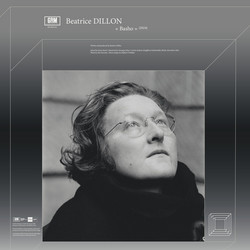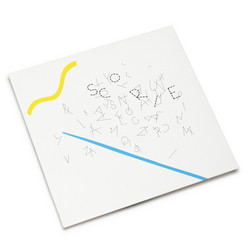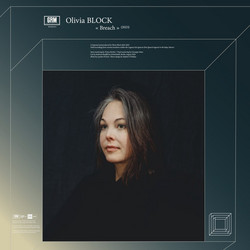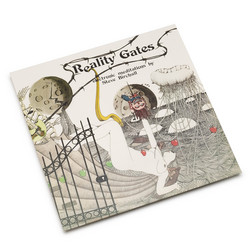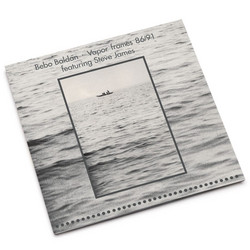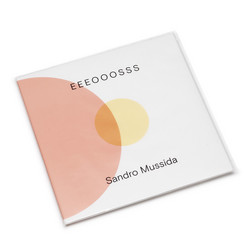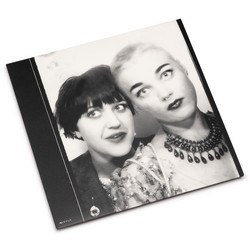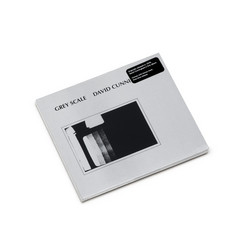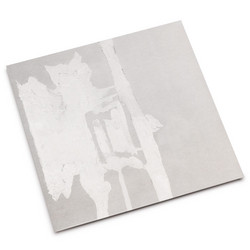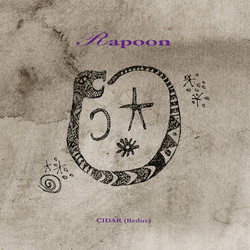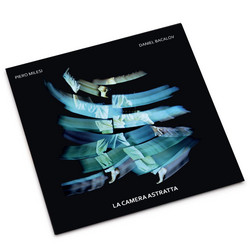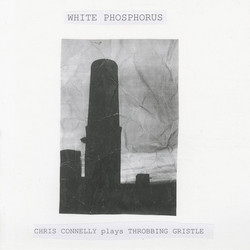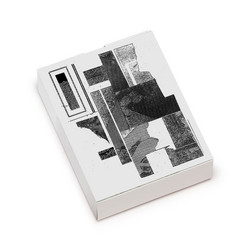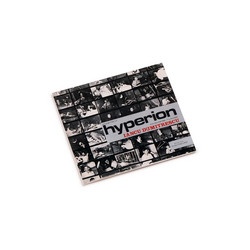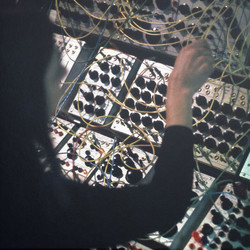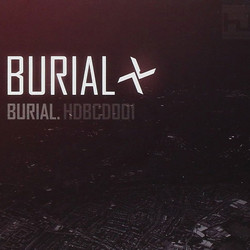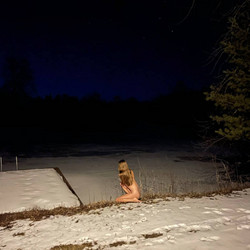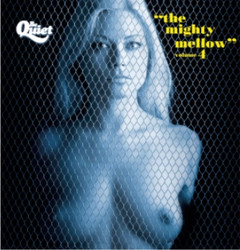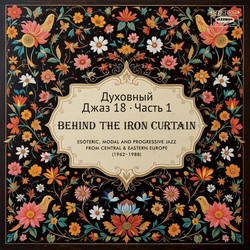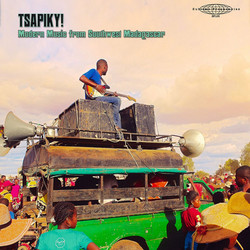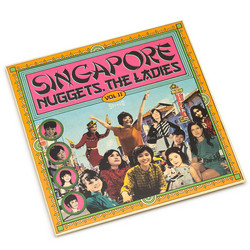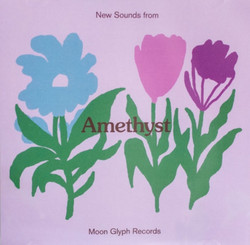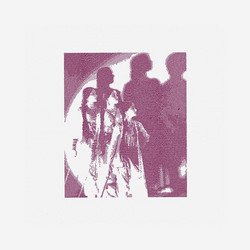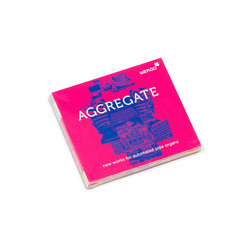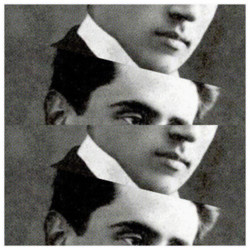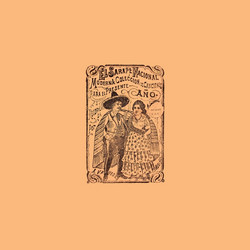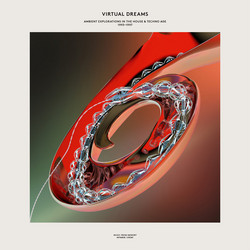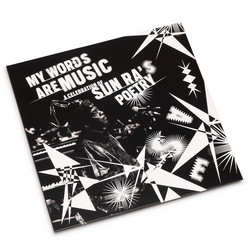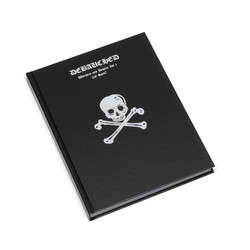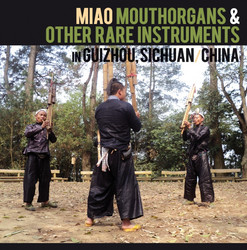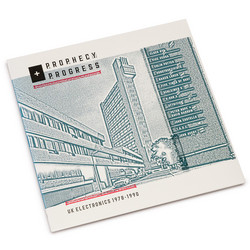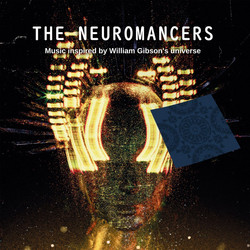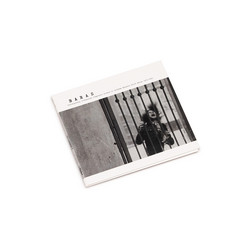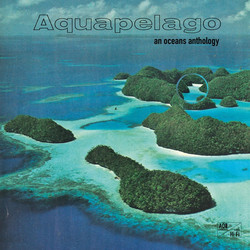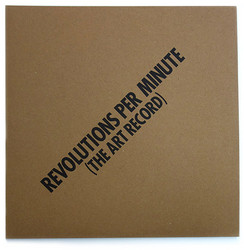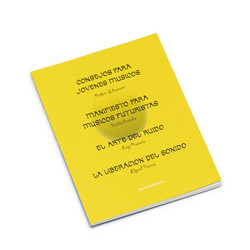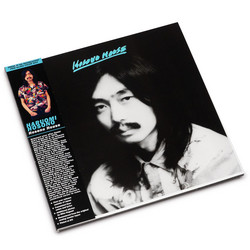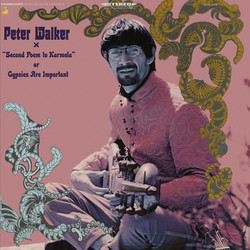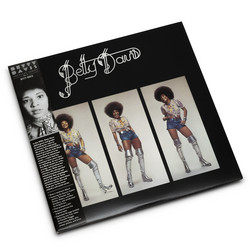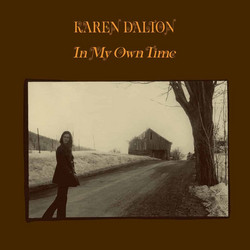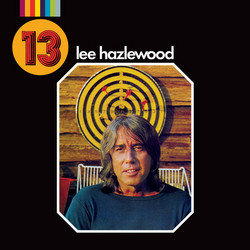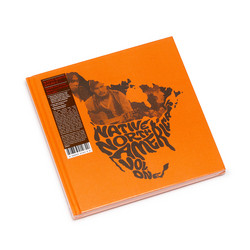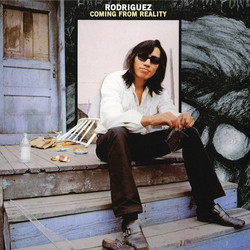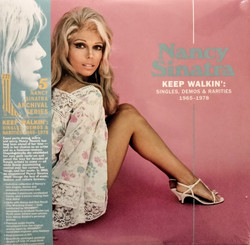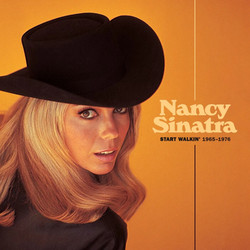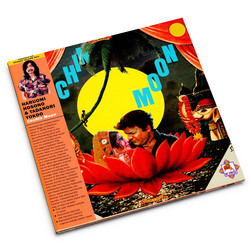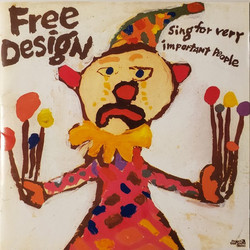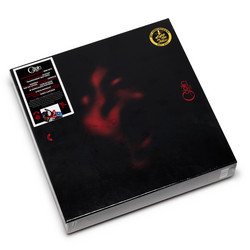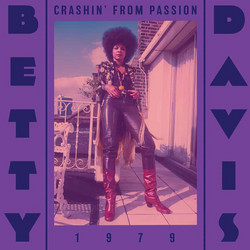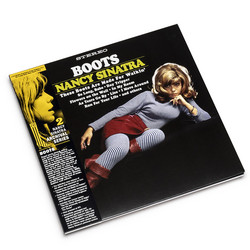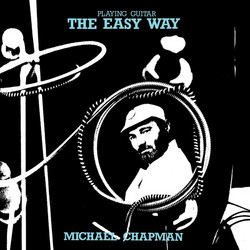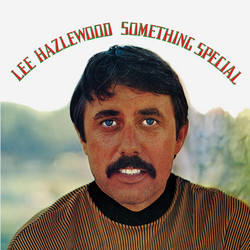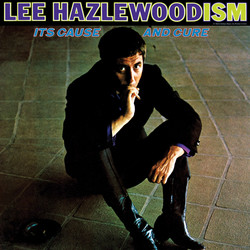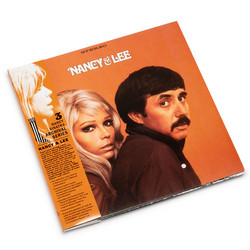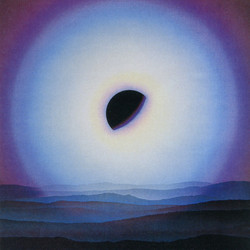Various
I am the Center: private issue new age music in America 1950-90
One of the best things about Seattle label Light in the Attic’s new new age compilation I Am the Center is that it doesn’t try and pretend that new age music was something that it’s not. Look at the album’s cover illustration and you’ll see an angel-like creature carrying an orb of yellow light through the clouds; open the gatefold and you’ll see what appears to be a bird made of stars launching itself out of the ocean. Press play and be delivered into over two hours of mind-numbingly mellow music with titles like “Unicorns in Paradise” and “Tien Fu: Heaven’s Gate”. The structures are simple and the textures are light. Focusing too hard on it is like trying to remember a dream you just had: It will do nothing but piss you off. But like the right color paint on the walls or a thoughtful arrangement of lamps, good new age music feels both peripheral and essential: Something made not to be focused on as much as to remind people listening to it that focusing is only one way to experience the world.
Center starts in 1950, about 25 years before the term “new age” existed in any kind of widespread way, and leads up to 1990, when the genre had devolved into factory-like repetitions of itself. (Steve Vining, who took over the pioneering label Windham Hill from its founder Will Ackerman, once said that running it was more like running Proctor & Gamble than running a record label.) The picks here focus on private presses: Essentially, DIY labels operating outside conventional channels of marketing and distribution. If there’s any argument being made by Light in the Attic here, it’s that new age wasn’t just a multimillion-dollar industry engineered to relax middle-aged Americans rich enough to afford CD players in 1982 (when they cost the equivalent of about $1,600), but an underground scene as self-reliant and countercultural as the ones surrounding newer labels like Oneohtrix Point Never’s Software or Los Angeles’ Not Not Fun—labels whose artists have recast aspects of new age as a form of punk, or what Lopatin once called “quiet noise.”
Like any genre, the sound of new age varies. Some of the tracks here are acoustic; some are all electronic. Some—like the keyboardist Stephen Halpern or Brian Eno collaborator Laraaji—suggests a quiet, person-to-person connection that way a folksinger with a guitar might. Others—a like Iasos and Constance Demby—make cavernous music seemingly designed to remind us that we are but specks of dust in a cosmos too awesomely infinite for our mortal brains to ever possibly comprehend. (Iasos insisted that his first album was not made by him but through him; Demby once invented an instrument called the “space bass” that she has described as “a transdimensional communication device”—gestures that both assert new age ideas about spirituality but also reassert very old-fashioned ones about how the self can dissolve when it comes into contact with the sublime.)
Personally I prefer the less grandiose stuff, but the variety of I Am the Center is one of its best attributes: Instead of pigeonholing the genre by turning it into something overly specific, Center shows how artists with totally different approaches to sound and style can still be grouped together. Crucially, it does this without trying to stretch the Venn diagram of new age to include artists or styles with more cultural cache, like 70s classical composition or drone—music that shares new age’s interest in spirituality and repetition but that tends toward an intensity that, in the context of new age, seems damningly unchill. What you end up with is a compilation that stays true to its genre while also doing everything it can to demonstrate how varied that genre can be.
When I was a kid, I suffered intense anxiety problems, which my mother tried to help me combat with a variety of cures: Exercise, homeopathic medicine, counseling, religion, and eventually, new age music. While other kids were being subjected to the Beatles on car trips, I lay on the carpeted floor of my room listening to cassettes with titles like Celestial Journeys and Inner Sanctum II: Reclaiming the Inner Sanctum. A few years later, when I started to get into punk and hardcore, I realized the best new age music wasn’t all that different: There was a similar purity of purpose, a similar rejection of societal values, and a similar unwillingness to bend, either toward more concrete rhythms—which can sometimes turn new age into chintzy, synth-heavy instrumental pop (e.g. the ubiquitous Kitaro)—or toward more complex compositions that might have leant their makers credibility but compromised the essentially relaxing quality that good new age promised never to disturb.
Still, I write this knowing that new age is among the most easily ridiculed genres of music that exists. Its practitioners can be somehow pretentious and weak-minded, ludicrously abstract and yet as sure of their discoveries as a scientist. “Music helps to concentrate oneself,” the liner notes to I Am the Center start. “To bring oneself to an inner state when we can assume the greatest possible emancipations. That is why music is just the thing which helps you too see higher.” The words—a quote from Thomas de Hartmann—say it all, which is to say that they don’t really say anything. Then comes the voice of Yoga Records founder and Center’s compiler, Douglas Mcgowan: “So many declarative statements to make on the subject of new age, and so little time. And yet,” he goes on, “we do have the time, and the best new age music shows us this.” It’s the kind of subtle, canny move new age acolytes aren’t exactly known for making: Accepting the occasional goofiness of what they do while reasserting its value at the same time. (Pitchfork)
Liner notes: May 2013. Released in deluxe tip-on gatefold jacket with 44-page book.
